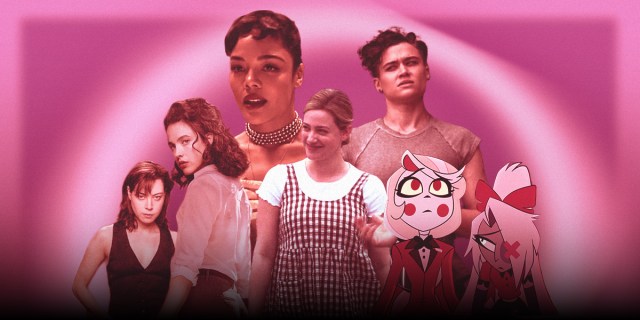Film
Finding really good lesbian film is tough, but we’ve got you covered. Looking for queer movies to stream? We have guides to lesbian films streaming on Netflix, Hulu and HBO Max. Check out all of our best of lesbian movie lists for tips on the best comedies, romances, free documentaries, first date movies and so more!
Sa'iyda Shabazz
Oct 17, 2025
What to Stream
Film
Kayla Kumari Upadhyaya and Drew Burnett Gregory
Television
Kayla Kumari Upadhyaya
Become a Member
Become a Member to support queer journalism
What You Get:
Become a Member
Become a Member to support queer journalism


















